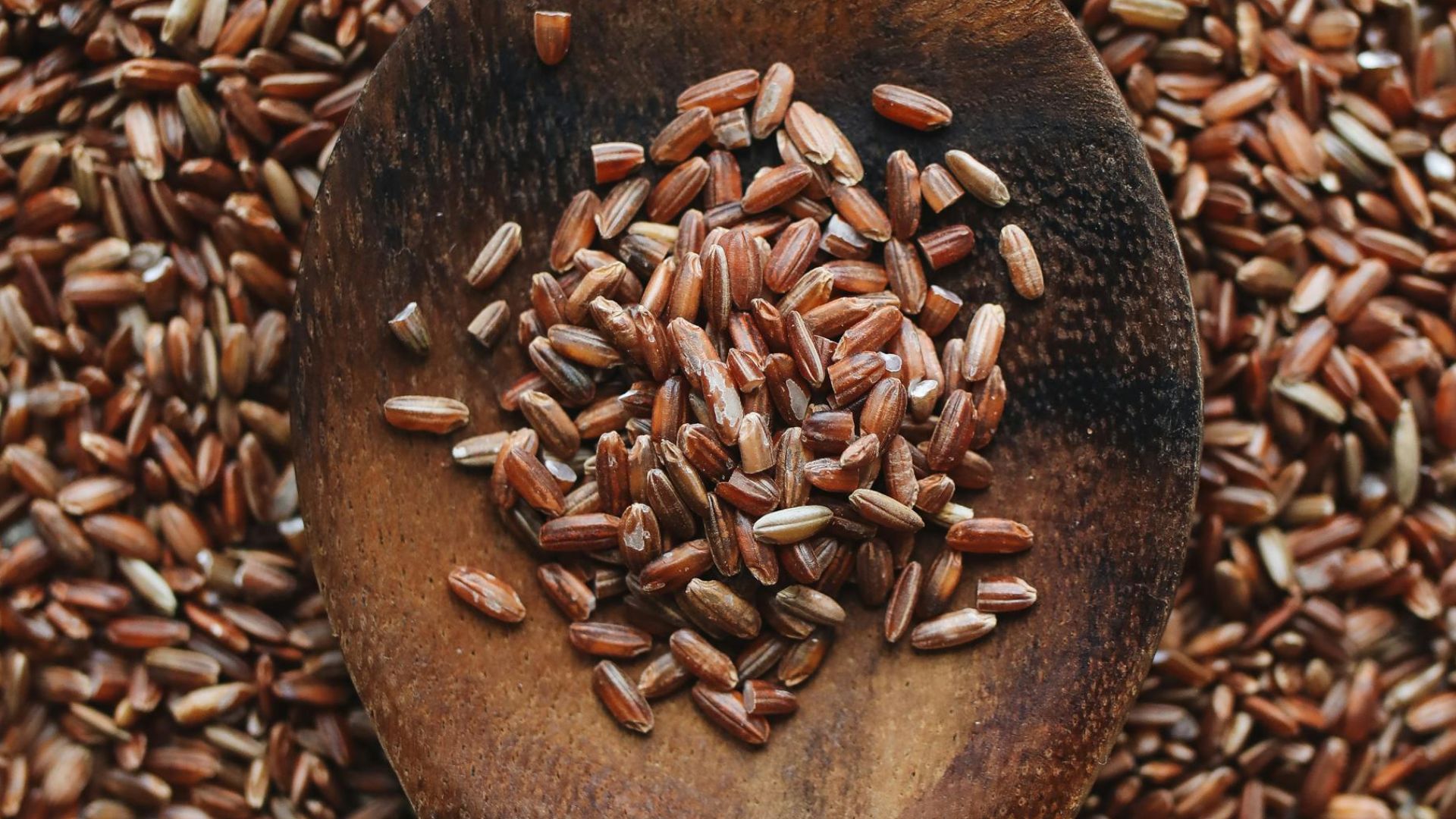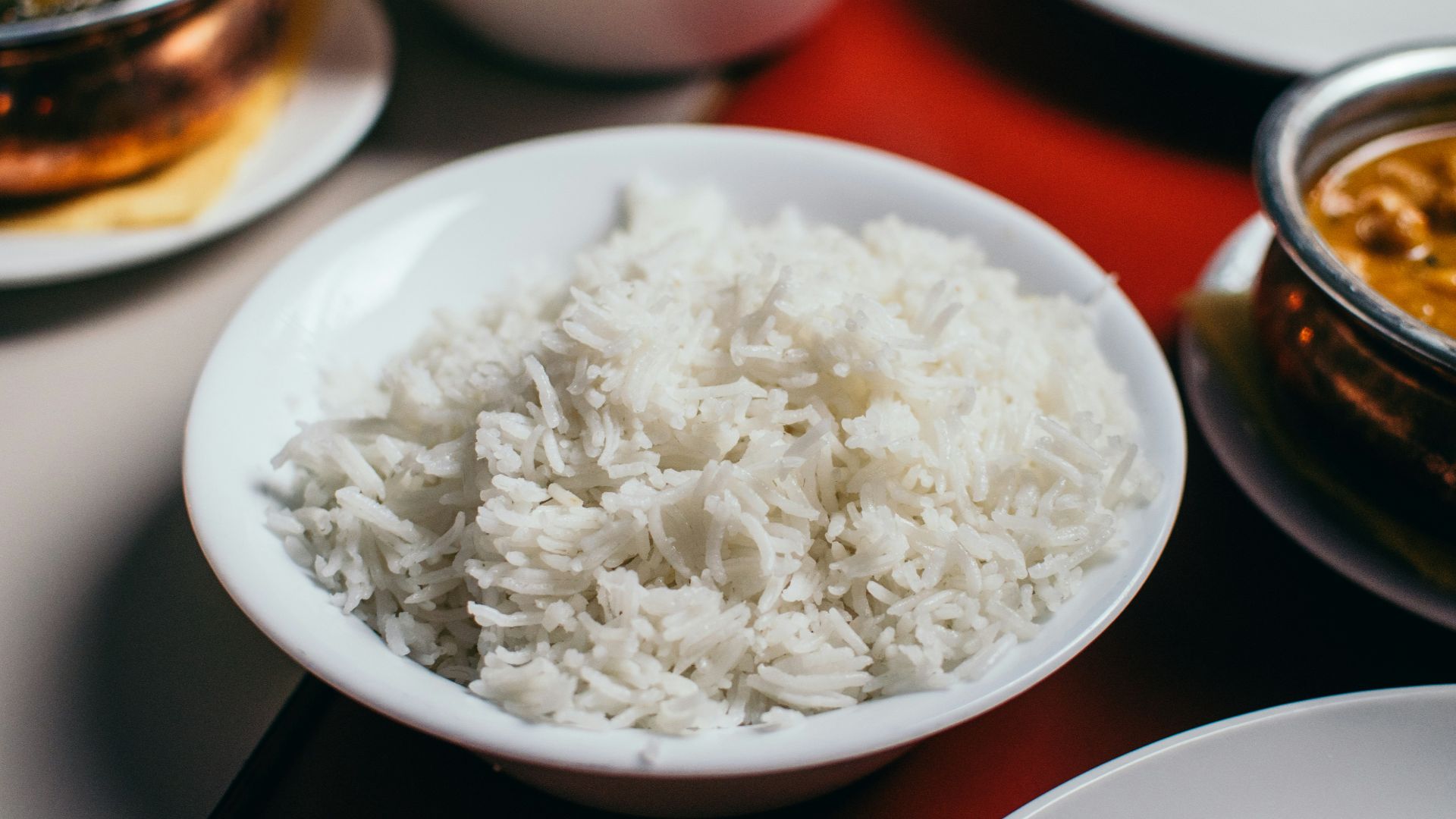Few kitchen debates have simmered as long as the one between brown rice and white rice. Both look similar on your plate, yet what lies beneath those grains tells two very different stories. One is celebrated for being wholesome and rustic, the other for being soft, familiar, and easy to love.
But which one truly deserves the “healthier” crown? Let’s find out.
The Journey From Grain To Table
Rice begins its life the same way—wrapped in protective layers of bran and germ. Brown rice keeps those layers intact, giving it a nutty flavor and a treasure chest of nutrients. White rice, on the other hand, undergoes polishing that removes those outer layers, which creates a lighter grain that feels more delicate on the tongue.
That transformation changes more than just its texture. With the bran and germ gone, white rice loses key nutrients like fiber, magnesium, and B vitamins. Brown rice keeps these natural elements, which play a vital role in heart health, digestion, and blood sugar control. Yet, there’s more to the story than just nutrients on paper.
Nutrition Isn’t The Only Factor
While brown rice may seem like the easy winner, the human body has its preferences. White rice, despite its nutrient loss, is easier to digest and gentler on sensitive stomachs. Athletes often choose it before workouts for quick energy, and people with certain digestive conditions find it less taxing. It’s also fortified in many regions, helping to replace some lost nutrients.
In contrast, brown rice’s higher fiber content slows digestion, keeping you fuller longer and neutralizing blood sugar levels. It may also support weight management and reduce cholesterol over time. However, for those with thyroid issues or kidney concerns, its phytic acid and arsenic levels can sometimes pose challenges. The balance, then, depends on your lifestyle, body type, and goals.
The Role Of Culture And Cooking
Across cultures, rice is comfort, memory, and tradition. In Japan, white rice symbolizes purity and simplicity. In India, brown rice is viewed as a health-conscious modern alternative. But whichever you prefer, the cooking method plays an equally important role.
Moreover, how rice fits into your diet matters more than the rice itself. A plate of white rice served alongside sautéed greens and salmon differs greatly from one topped with sugary sauces. Likewise, brown rice can lose its benefits when drowned in butter or fried oil. The key lies in pairing and portioning.
Making The Smart Choice For You
Ultimately, a smarter approach isn’t about choosing sides—it’s about knowing when to choose which. Think of it as a partnership rather than a rivalry. You could rotate between the two, using brown rice for hearty meals and white rice when you need something lighter. Both can coexist beautifully in a balanced, mindful diet.
So, the next time you reach for your rice jar, remember which one fits your day, your mood, and your body’s needs.
KEEP ON READING









